Excellent Dried Felty Germander for Sale
ACPFOOD is where you can buy dried Teucrium polium. We sell different types of bulk Poley Germander with the best quality to wholesalers, retailers and manufacturers. We purchase excellent Felty Germander directly from farmers and you can buy it from us with the best price.
Teucrium polium flower wholesaler, supplier, provider and exporter
To order Poley Germander, please contact us.
About Teucrium Polium
Teucrium polium is an herbaceous and perennial plant that reaches half a meter in height.
This plant has abundant, hairy, relatively narrow and whitish-green stems whose cross section is circular. The lower stems of this plant are woody.
The leaves of Teucrium polium are very small, elongated, narrow, almost oval, almond-shaped, hairy and whitish-green, without petiole and growing reciprocally. The side of the leaves have very small and curved teeth and their taste is very bitter and slightly spicy.
The flowers are white, very small, and trumpet-shaped, and they grow concentrated and complex at the end of the flowering stems. The taste of these flowers is also very bitter.
The seeds of this plant are very small, almost oval, sometimes drop-shaped, dark brown, and have an uneven surface. The taste of these seeds is spicy.
Teucrium Polium Chemical Constituents
β-caryophyllene, Germacrene D, Limonene, p-cymene, 2,4di-tetr-Butylph, α-Pinene, α-Thujene, Terpinen-4-ol, Ledeneoxide, Linalyl acetate, β-Eudesmol, α-Cadinol, Caryophyllene oxide, α-Muurolol epi, Cadalene, Longiverbenone, Carvacrol, α-Apenine, Acetoxyeudesman-4-a-ol, α-Bisabolol, β-Pinene, α- Muurolol, Caryophyllene, γ-Muurolene, τ-Cadinol, α-Gurjunene, Rosifoliol, 3-Carene, α-Phellandrene, Torreyol, Lycopersene, Dodecane, 1,5-di methyl decahydro naphthalene, Tridecane.
Germander Temperament
In the second degree of hot and dry.
Health Benefits of Felty Germander
Teucrium polium eliminates thick humors. Its hydrosol is a tonic for digestion.
Eating fresh Felty Germander or drinking its decoction eliminates the swellings and stiffness of the spleen, it is diuretic, emmenagogue, useful for jaundice, diseases of the spleen, muscle wrench and chronic coughs which is caused by moist.
Drinking 7 grams of Felty Germander’s decoction with honey for several days in a row helps to relieve chest pain, lung pain and lung coldness. If you put 9 grams of Germander with 9 grams of olive oil in 400 grams of water and boil it until one third of it remains, drinking 80 grams of it for several consecutive days will eliminate kidney and bladder stones.
Felty Germander’s poultice helps to heal the bites of animals and vermin.
This bitter herb is used in Baluchistan of Iran and in India to relieve heart pain. In addition, it is antipyretic and it is consumed as a decoction, soaked in water or infusion to relieve cold. In Kerman (a city in Iran), they eat it to relieve indigestion and stomachache.
Its poultice with honey heals chronic and infected wounds. Its poultice which is cooked with vinegar removes stiffness of the spleen.
Its oil helps to relieve body coldness.
Felty Germander’s hydrosol relieves headache, fever and heart pain.
Germander Dosage
If you use Felty Germander alone as a powder or whole herb, it can be used up to 7 grams.
But if you make a decoction with it, it can be used up to 18 grams.
Side Effects of Germander
It is harmful for intestines, liver, kidneys and pregnant women.

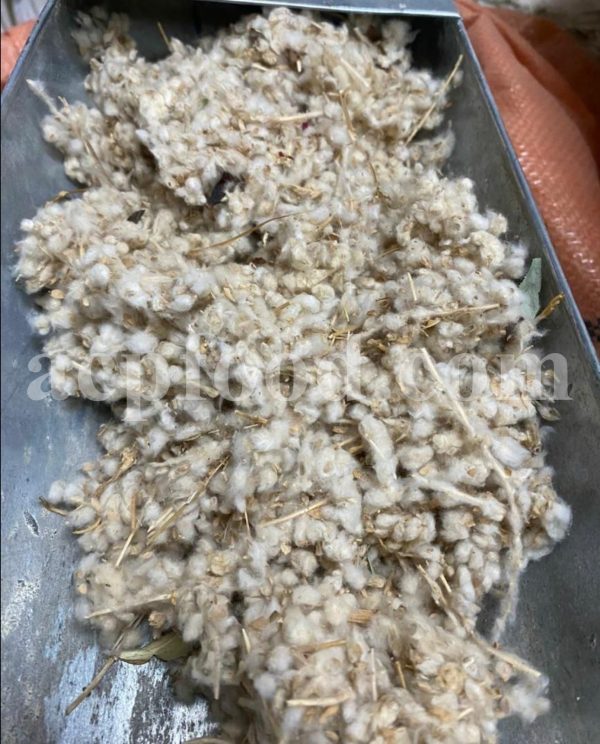
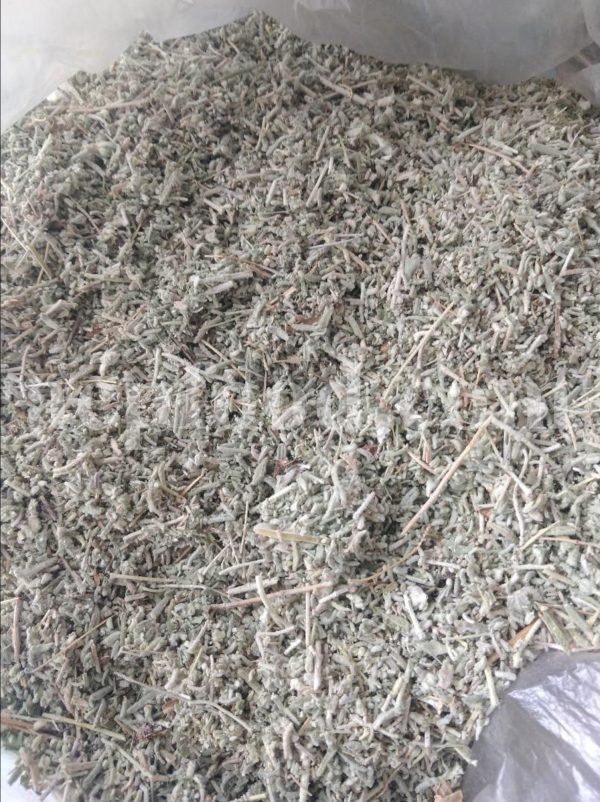
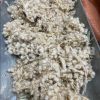
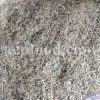
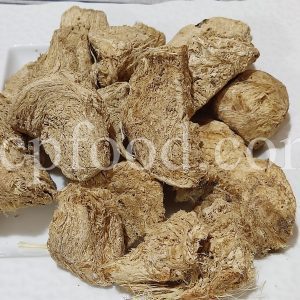
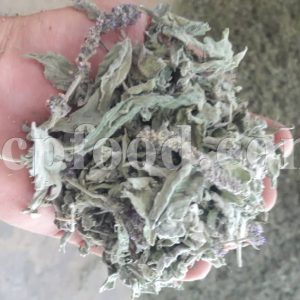
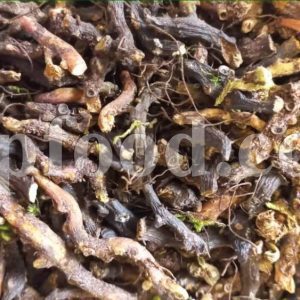
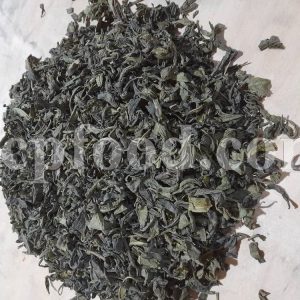
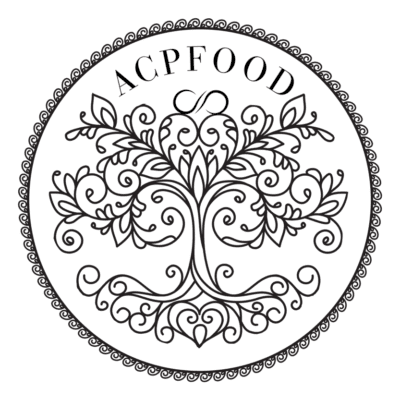
Reviews
There are no reviews yet.